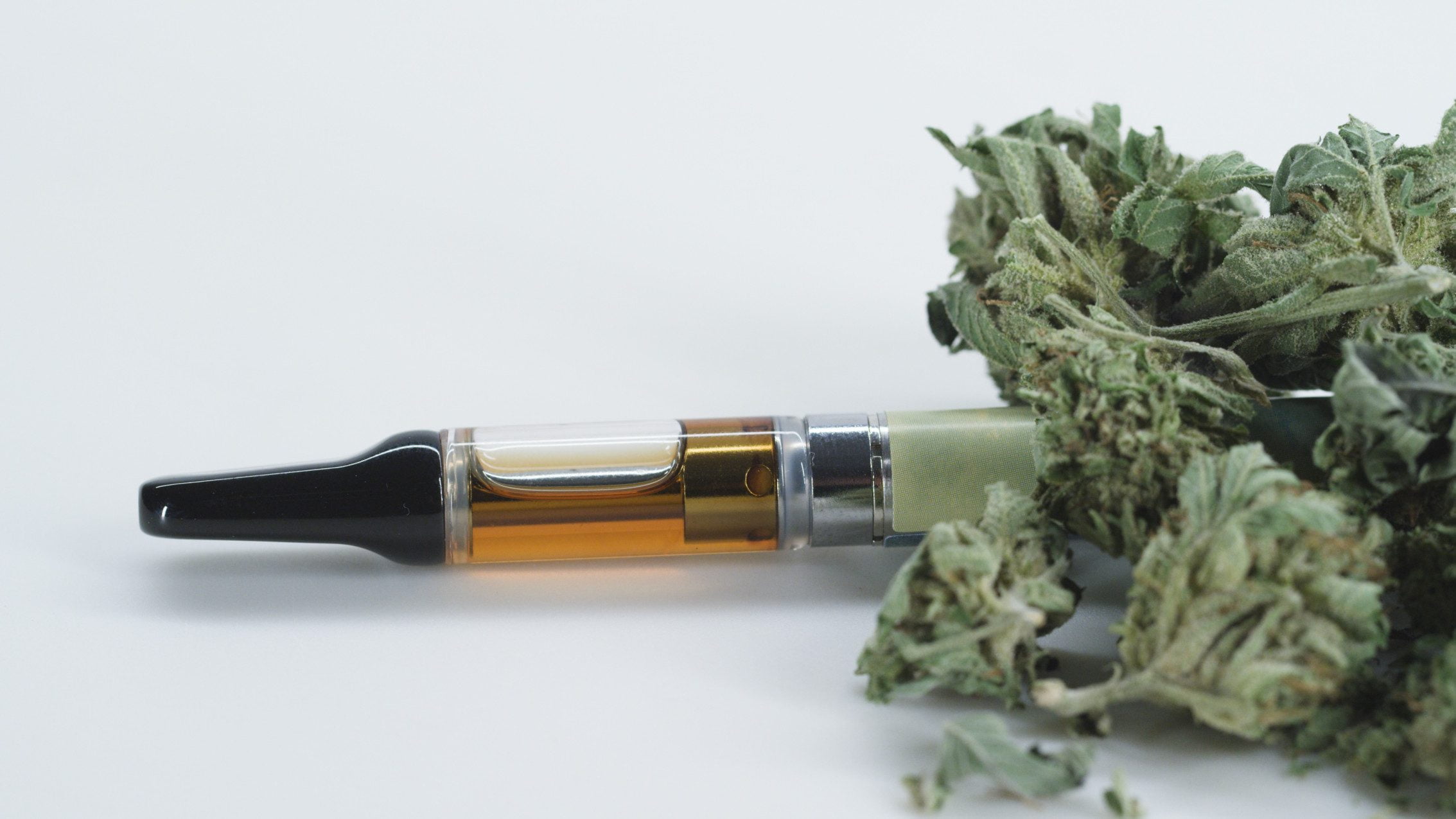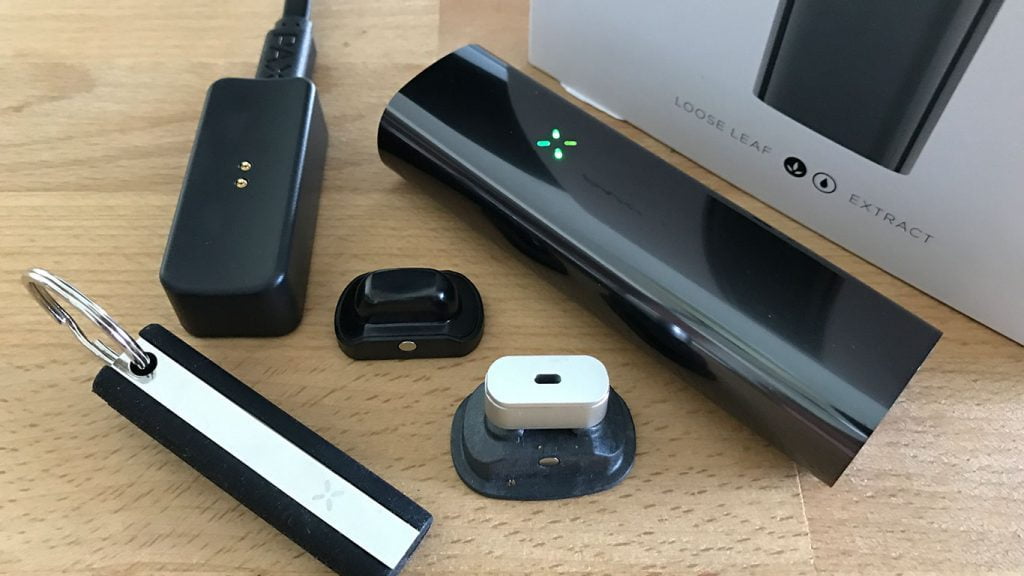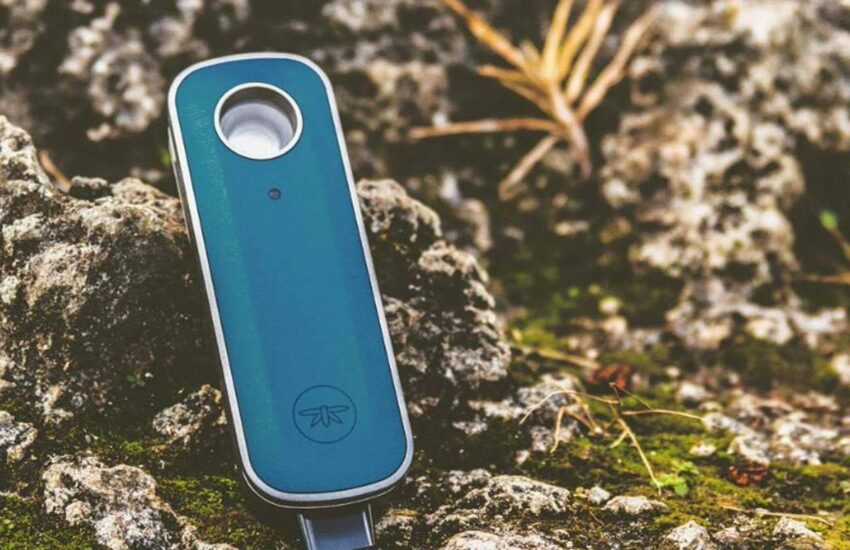Types of dry herb vaporizers
All types of dry herb vaporizers seem the same from the outside, and they all work the same on the inside as well. Every single one of them is made of the exact identical parts and performs the exact same functions. Some vaporizers, on the other hand, have major variances that may alter the vaping experience.
For newbies, picking the correct cannabis vape might be a challenge because of these small variances. Or at least if you don’t have this guide to assist you. To discover more about the many varieties of dry herb vaporizers, keep reading.
Session VS On-Demand
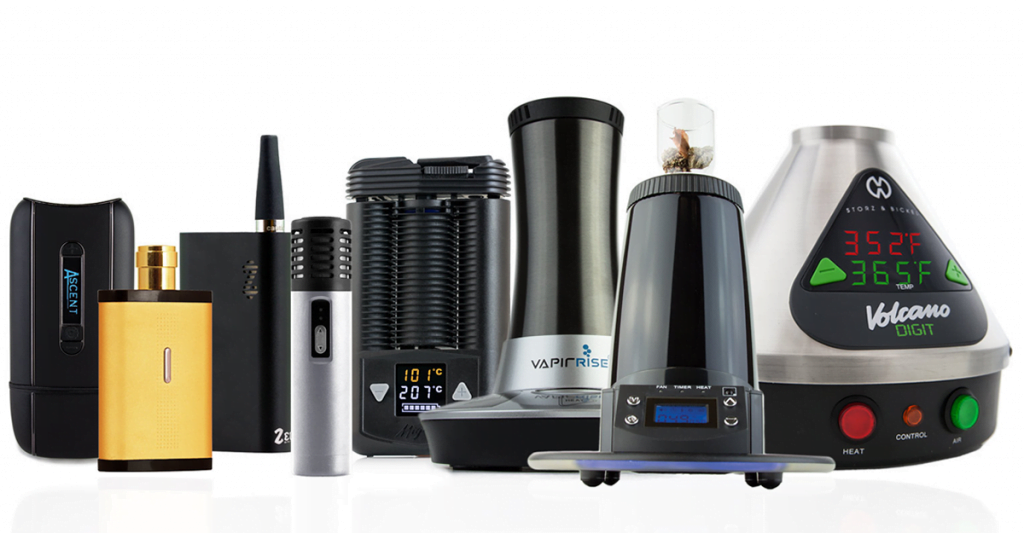
Session vaporizers
Dry herb vaporizers are the most prevalent kind of device. Once the oven is filled, you turn on the vape, pick your desired temperature, and inhale the vapor until the cannabis in the oven is gone. When it comes to dry herb vaporizers, this is how it should operate even if you don’t know how to use a dry herb vaporizer since that’s how joints function.
On-demand vaporizers
Instead of consuming all of the cannabis in the oven at once, let consumers take a hit whenever they want. The vaporizer may be turned off and reactivated at any time, allowing users to vape as much or as little herb as they choose. A particular heating process allows them to swiftly heat and cool down their products.
As a rule, most people choose to utilize a Session Vaporizer.
While on-demand vaporizers are wonderful for micro dosing, there are a few things to keep in mind before making the plunge and purchasing one. Just two on-demand vaporizers are available: The Ghost MV1 and the Firefly+. Both of these vaporizers are prohibitively pricey. There is also the fact that they have a steeper learning curve than session vaporizers. It’s also possible to micro dose with certain session vaporizers, which is a third benefit.
Pax contains a half-oven in its kit that enables you to load the oven with less herb and yet enjoy an excellent vaping experience. DaVinci IQ also features optional oven spacers that do the same thing. Session vaporizers are the preferred option for 99 percent of vaporizer users because of its widespread availability, affordability, and convenience.
Portable VS Desktop
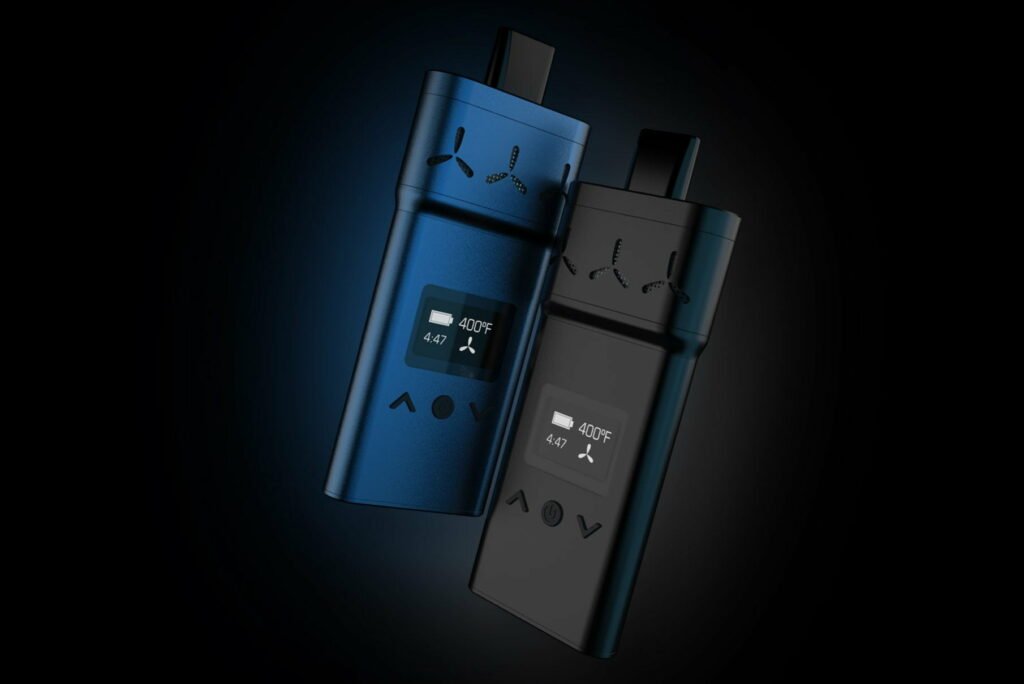
Portable
Portable vaporizers, as the name implies, are dry herb vaporizers that may fit in a handbag or a pocket. In general, vaporizers may be handled in one hand while being used, however some are more portable than others. Since they can be used almost anywhere, portable vaporizers are by far the most popular. A dry herb vaporizer has few limits on where you may carry it. The Pax 3 and POTV One are two of the highest-rated portables right now.
Desktop
Desktop vaporizers are the antithesis of portable vaporizers, as shown by their name. Devices like these are designed for use at home, although they are huge. Unlike portable vaporizers, they have greater power and unique means of inhalation, such as balloon bags or whips. Desktop vaporizers are more powerful than portable vaporizers. Because of its size and pricing, most individuals will choose a portable vape over a desktop vape. Volcano Hybrid and Dr. Dabber Boost are two examples.
Conduction VS Convection VS Induction
Dry herb vaporizers use a variety of heating mechanisms, including conduction, convection, and a hybrid. Let’s examine each one in further detail.
Conduction Heating
A direct touch between the heating source and the herb is called a direct hit. In the preceding paragraph, I said that most session vapes employ this heating mechanism, so it should come as no surprise. If you are looking for a cheap cannabis vape, the K Vape Pro (Review | Buy) is a good option, since it uses a heating mechanism known as conduction, which can be found in vaporizers of various price points.
Convection Heating
There is no direct contact between heating device and plant in this procedure. To vaporize the marijuana, heated air is circulated around it. Using this procedure, there is no risk that the herb will be burned or scorched by the heat. As a result, it’s an uncommon technique of heating, and it’s most often used in on-demand devices. You can see why that’s a clever idea: The herb wouldn’t be able to cool rapidly if the heating element came into touch with it.
Hybrid Heating
The Crafty+ is an example of a high-end e-cigarette that uses this mix of heating techniques. This approach combines the best of both ways to produce the tastiest vapor possible. Desktop vaporizers, such as the Volcano Hybrid use this technology as well.
Induction Heating
Induction heating isn’t presently utilized for dry herb vaping, so here’s a little introduction. An electromagnet is used to heat a ferrous-metal container inside the electromagnet in this heating process. Only the Dr Dabber Switch employs this sophisticated heating technology, which is why it is the only vape presently on the market. Even while this process may be used to heat up extracts, you won’t see it in cannabis vapes any time soon.
Final Thoughts

Vaporizers come in many shapes and sizes, but many of them cater to a certain group of people. Desktop vaporizers are better suited to those who are prepared to spend the money to have the greatest possible vaping experience. Users who don’t mind paying money on a vape that they can use at their own convenience may investigate on-demand vaporizers.
That leaves session vaporizers as the most popular option for most people. A wide range of price points is available, they can be quickly obtained, they are simple to clean, and they may be utilized in any setting. The desktop and on-demand vaporizers have a place, but session vapes should be the first pick for most newbies. They are, after all, the preferred option of long-time vapers.
